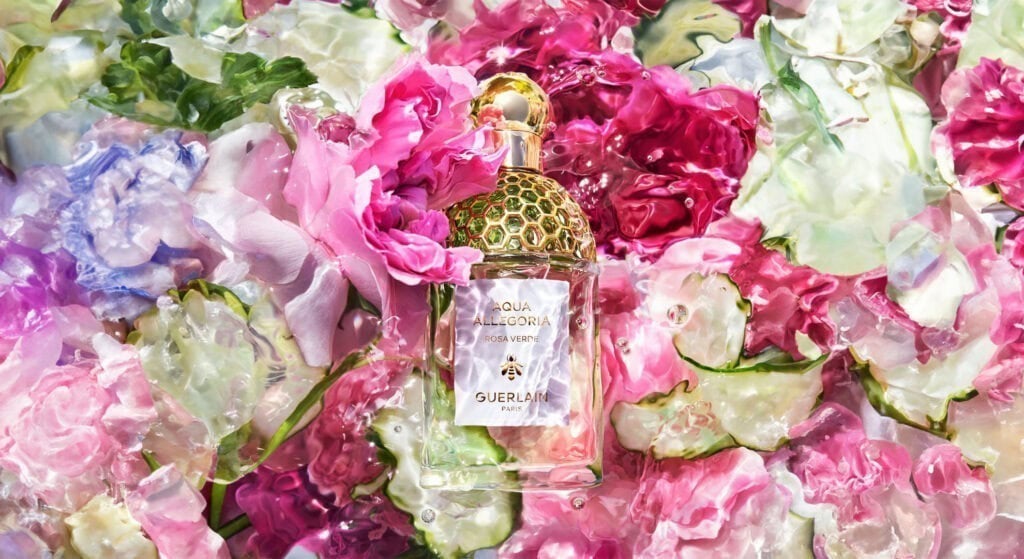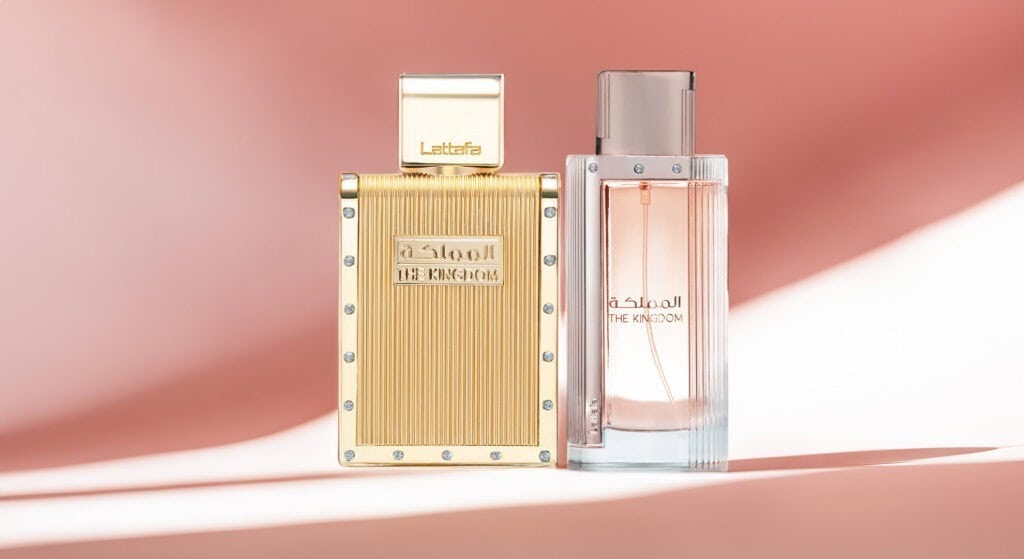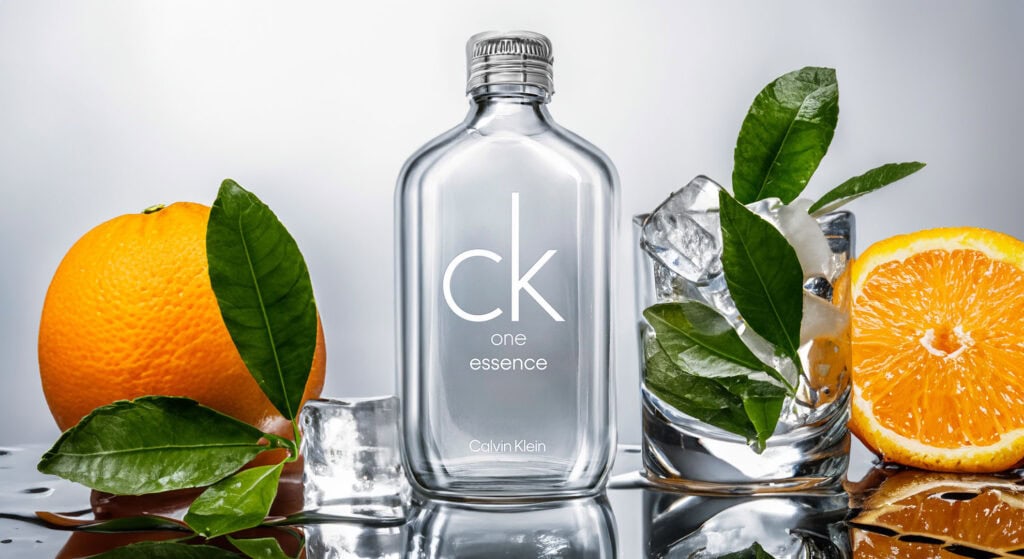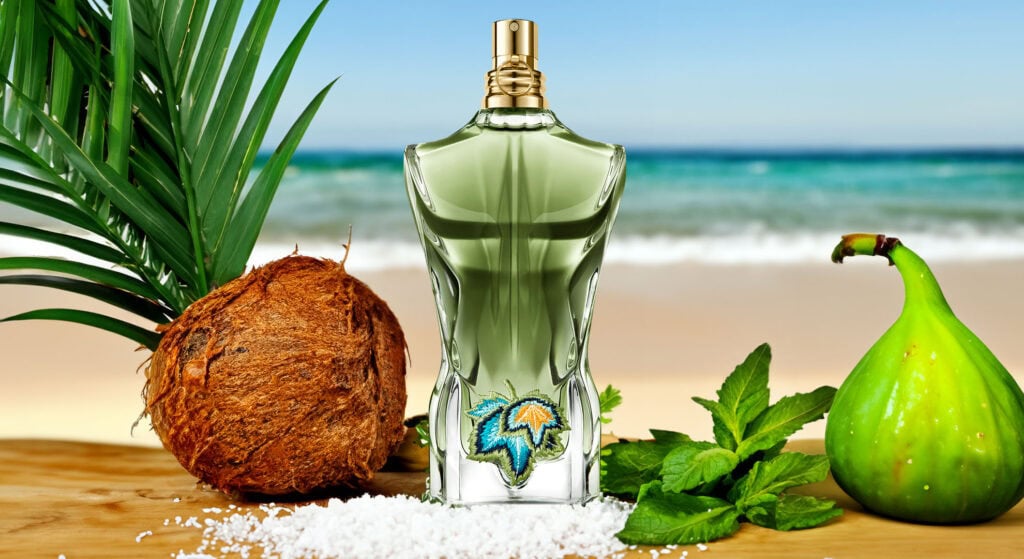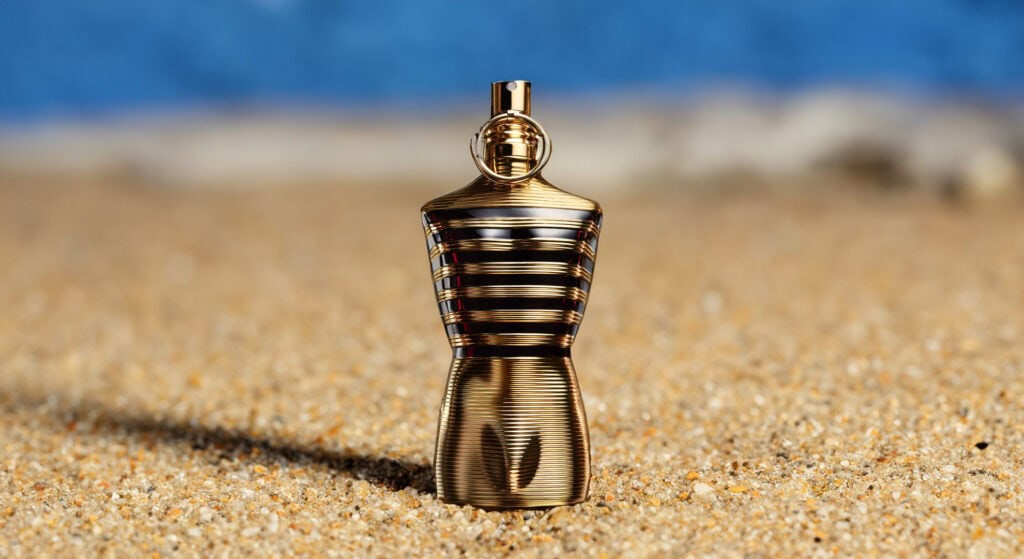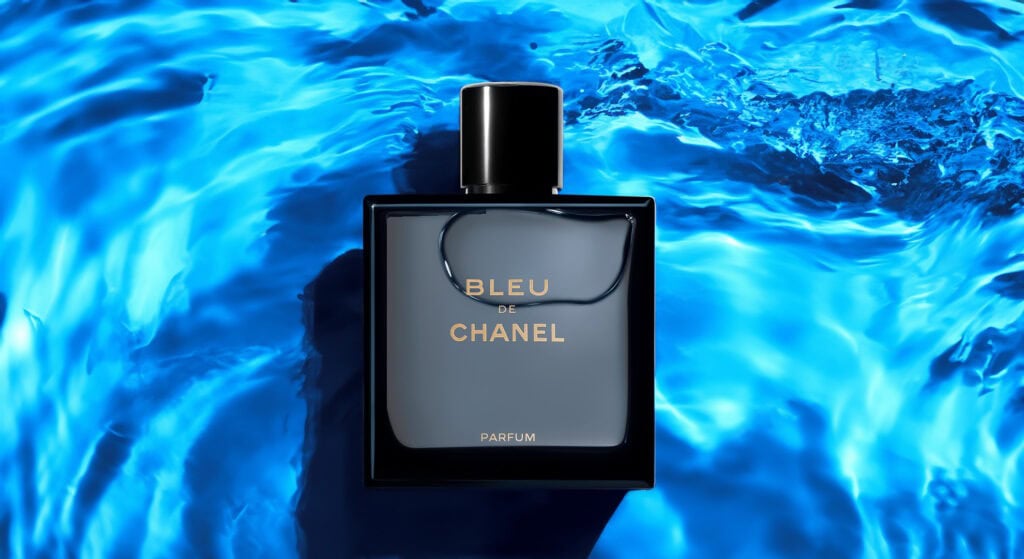Mint in Perfumery: From Extraction to Blending and Iconic Scents
Mint, with its fresh, invigorating, and slightly aromatic qualities, has established itself as a versatile and refreshing ingredient in the world of perfumery. Known for its ability to add a crisp, clean, and energizing note to fragrances, mint is often used to evoke feelings of freshness and vitality. This article explores the extraction of mint essences for use in perfumes, the art of blending it with other fragrance elements, and some of the most iconic perfumes where mint takes a starring role.
The Extraction of Mint Essences for Perfumery
Mint, primarily peppermint (Mentha piperita) and spearmint (Mentha spicata), is valued in perfumery for its cool, refreshing scent. The extraction of mint essential oils is a process that preserves the herb’s natural vibrancy and sharpness.
- Steam Distillation: The most common method of extracting mint essential oil is steam distillation. Fresh or dried mint leaves are placed in a still, where steam is passed through them. The steam captures the volatile aromatic compounds from the mint leaves, which are then condensed into liquid form. The resulting mint essential oil is potent and retains the fresh, cool, and slightly sweet aroma characteristic of the plant.
- CO2 Extraction: A more modern method, CO2 extraction, involves using supercritical carbon dioxide to extract the essential oils from mint. This technique is known for preserving the delicate nuances of mint’s aroma, resulting in a pure and high-quality oil that is especially prized in fine perfumery.
- Menthol Crystals: In addition to essential oils, menthol crystals, which are derived from the oil of peppermint, are sometimes used in perfumery. Menthol adds a cool, almost icy sensation to fragrances, enhancing the refreshing qualities of mint.
Blending Mint in Perfumery
Mint’s crisp, refreshing aroma makes it a versatile ingredient in perfumery, capable of enhancing a wide range of fragrance families. Its cool, clean scent can add an uplifting and revitalizing quality to perfumes.
- Citrus and Mint Blends: Mint is a natural partner for citrus notes like lemon, lime, and bergamot. The combination of mint’s cool freshness with the bright, zesty qualities of citrus creates a fragrance that is invigorating and refreshing. Dior’s Eau Sauvage is a classic example, where mint adds a fresh, cool edge to the blend of citrus and herbal notes, resulting in a timeless and energizing scent.
- Herbal and Aromatic Scents: Mint pairs beautifully with other herbs and aromatic notes such as basil, lavender, and rosemary. This combination creates fragrances that are fresh, green, and slightly earthy, evoking the scent of a lush herb garden. Hermès Eau de Basilic Pourpre is a modern fragrance where mint’s cool, refreshing qualities are balanced with the warmth of basil, creating a scent that is both sophisticated and natural.
- Aquatic and Fresh Compositions: In aquatic perfumes, mint enhances the watery, breezy notes, adding a cool, crisp freshness that is reminiscent of ocean air or mountain streams. When blended with marine accords and fresh florals, mint helps create a scent that is both invigorating and calming. Davidoff Cool Water is a well-known example, where mint’s refreshing presence complements the marine and green notes, making the fragrance a symbol of fresh, clean scents.
- Gourmand and Sweet Accords: While less common, mint can be used in gourmand compositions to add a fresh contrast to sweet, edible notes like chocolate, vanilla, or caramel. The coolness of mint cuts through the richness of these notes, creating a balanced fragrance that is both indulgent and refreshing. Thierry Mugler’s A*Men features a hint of mint alongside coffee and caramel, adding a unique freshness to the otherwise rich, gourmand profile.
Iconic Perfumes Featuring Mint
Several perfumes have become iconic for their use of mint, showcasing its ability to add a refreshing and revitalizing quality to a wide range of fragrances.
- Dior Eau Sauvage: A classic fragrance that has stood the test of time, Eau Sauvage uses mint to add a cool, crisp edge to its citrus and herbal blend. The result is a timeless and refreshing scent that has become a staple in men’s perfumery.
- Hermès Eau de Basilic Pourpre: This modern fragrance pairs mint with basil, creating a fresh, herbal scent that is both sophisticated and natural. The mint adds a refreshing quality that enhances the overall greenness of the composition.
- Davidoff Cool Water: One of the most famous aquatic fragrances, Cool Water features mint as a key note, blending it with marine and green accords to create a scent that is fresh, clean, and invigorating. It has become synonymous with the idea of cool, refreshing scents.
- Thierry Mugler A*Men: In this unique gourmand fragrance, mint adds a fresh contrast to the sweet, rich notes of coffee, caramel, and vanilla. The result is a bold, distinctive scent that combines freshness with indulgence.
Mint, with its fresh, cool, and slightly sweet aroma, has become a beloved ingredient in the world of perfumery. From the careful extraction of its essence to its artful blending with other fragrance notes, mint offers a unique combination of freshness, vitality, and versatility that can elevate any perfume. Whether enhancing citrus, herbal, aquatic, or even gourmand compositions, mint plays a crucial role in creating fragrances that are both invigorating and memorable. Iconic fragrances like Dior Eau Sauvage, Davidoff Cool Water, and Thierry Mugler A*Men demonstrate the enduring appeal of mint, proving that its place in perfumery is as refreshing and timeless as the herb itself.

